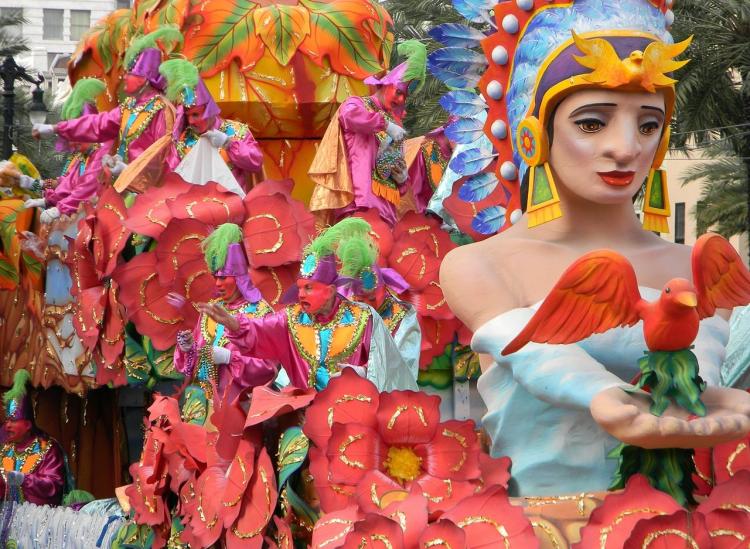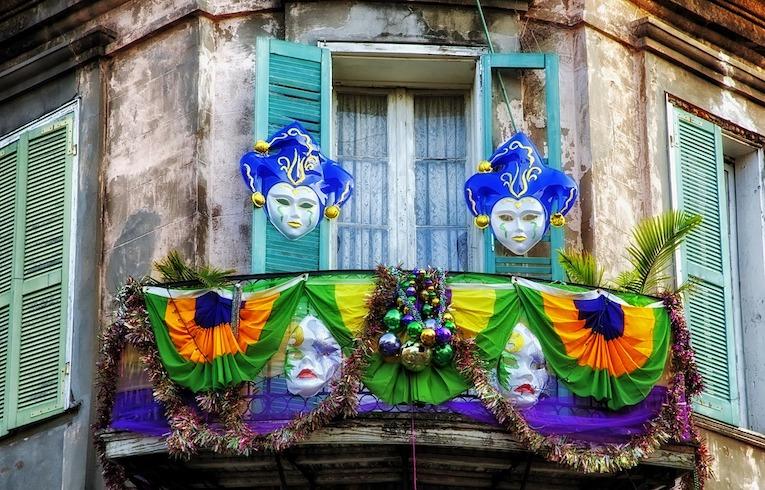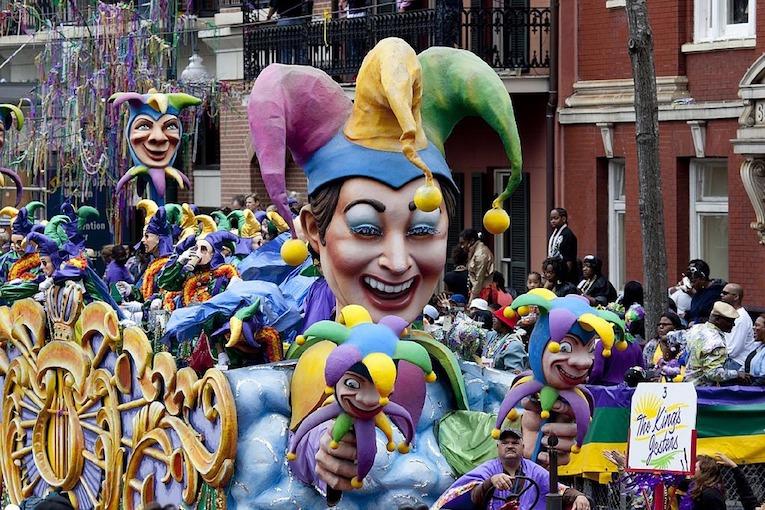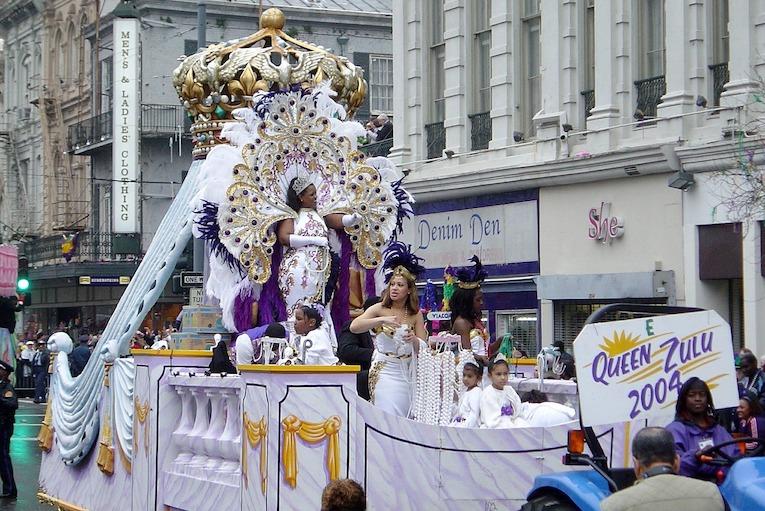7 Things You Probably Didn’t Know About Mardi Gras

Pixabay
Are you ready for carnival season? No, it’s not the circus, but we are nearing Mardi Gras, AKA the time of year when everyone wishes they were in New Orleans (or elsewhere around the world when the party gets going). So regardless of where you’re celebrating this February, here are seven facts you might not know about Mardi Gras.
1. Mardi Gras has multiple names.
Fat Tuesday, Carnival and Shrove Tuesday are all held on that same last Tuesday before Lent begins.
2. There’s a Mardi Gras motto.
The motto of Mardi Gras is in Cajun French: “Laissez les bon temps rouler.” It means “let the good times roll,” which is fitting for a day of reveling.

Pixabay
3. The official colors are purple, gold and green.
The iconic colored beads of Mardi Gras have symbolic meanings. Purple stands for justice, gold represents power and green symbolizes faith.
4. Mardi Gras actually begins in January.
The lead-up to Mardi Gras celebrations begin right after the new year, starting on January 6 and counting down to the final Tuesday before Lent.

Pixabay
5. New Orleans isn’t the original celebration location in the United States.
6. Mardi Gras has occasionally been canceled.

Pixabay
7. It’s a big deal to be on a float.
Party People, These Worldwide Mardi Gras Celebrations Will Make You Want To Do The Samba
Here’s A Little King Cake Food Porn That’ll Get You In The Mardi Gras Spirit











